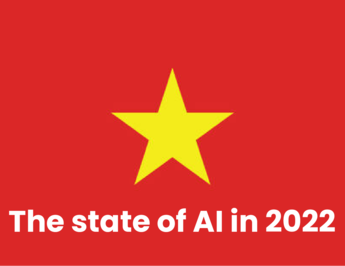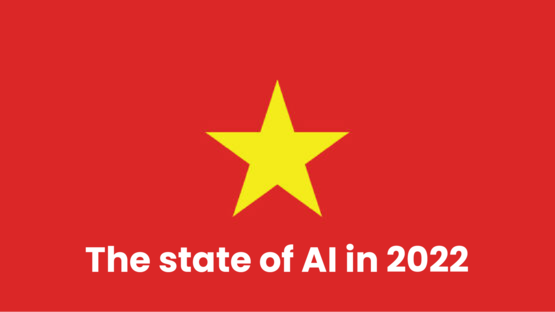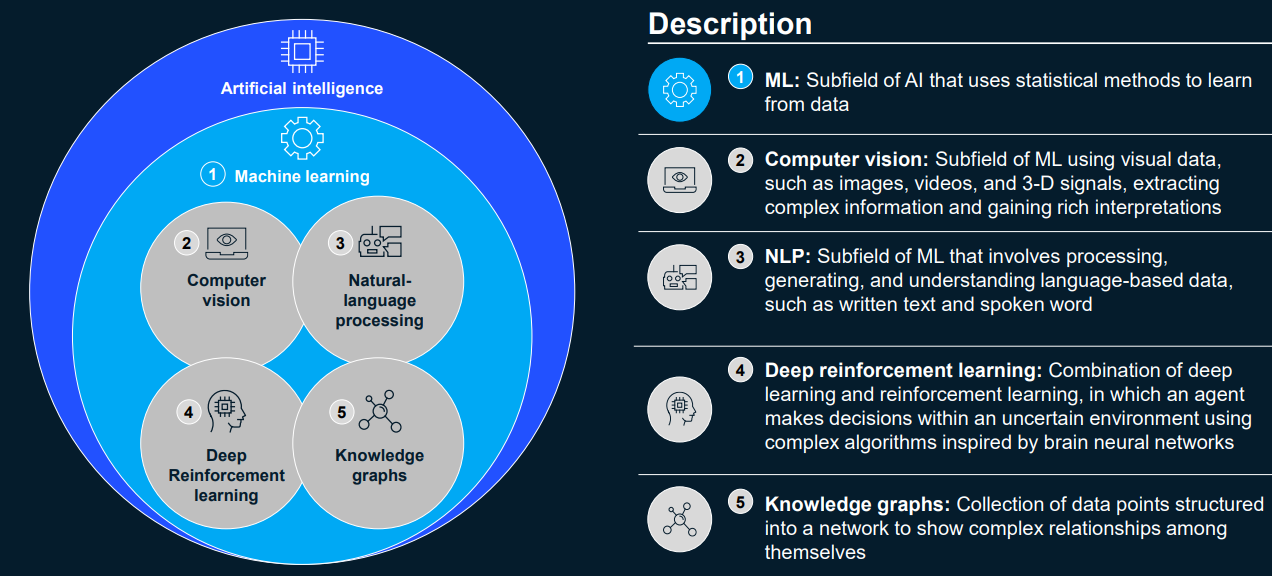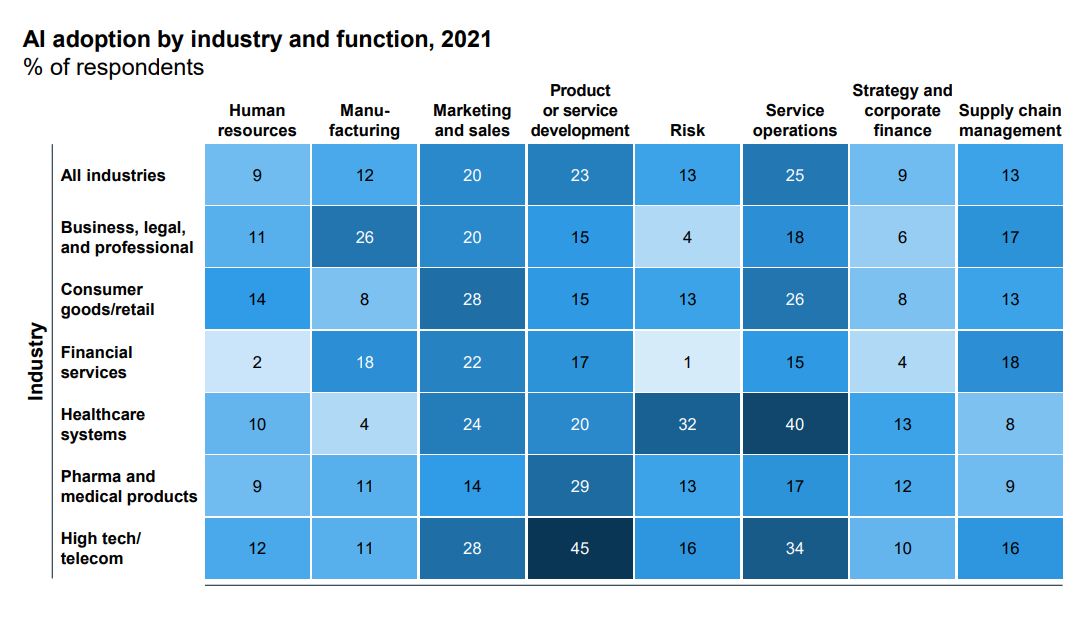
AI is currently one of the most interesting topics in all industries. The development of AI has brought many breakthroughs and also come with certain risks. Let's take a look at the state of AI in 2022 to better understand this hot topic of the past year.

AI is currently one of the most interesting topics in all industries. The development of AI has brought many breakthroughs and also come with certain risks. Let's take a look at the state of AI in 2022 to better understand this hot topic of the past year.
Applied AI uses intelligent application to solve classification, prediction, and control problems to automate, add, or augment real-world business use cases. As AI technologies rapidly push new frontiers of innovation, business adoption continues to grow across use cases.

AI adoption has continually increased, enabled by its financial investment and development for easier access. 56% Share of respondents to a 2021 global survey who said their organizations were adopting AI (up 50% from 2020).

The potential value at stake from AI is $10 to $15 trillion and leaders adopting AI exhibit stronger financial performance. Across business functions, AI has already made a notable financial impact. 67% Average share of respondents reporting a revenue increase via AI adoption.


AI involves machines exhibiting intelligence, encompassing various interconnected fields of technology. Technology-centric industries are leading adoption by businesses. Product and service development, service operations, and marketing and sales are the business functions leading adoption of AI.

Across industries and organizations, each application of AI will impact different stakeholders in a unique way; understanding how AI impacts each stakeholder, the organization, and the ecosystem will be particularly important for leaders as they decide which AI applications to leverage. While customers, shareholders, and regulators are calling for increased scrutiny on these topics, subjective topics (eg, privacy, equity, and fairness) are not high strategic priorities within organizations, as they lack resources and capabilities to fully understand and address these concerns
Source: McKinsey